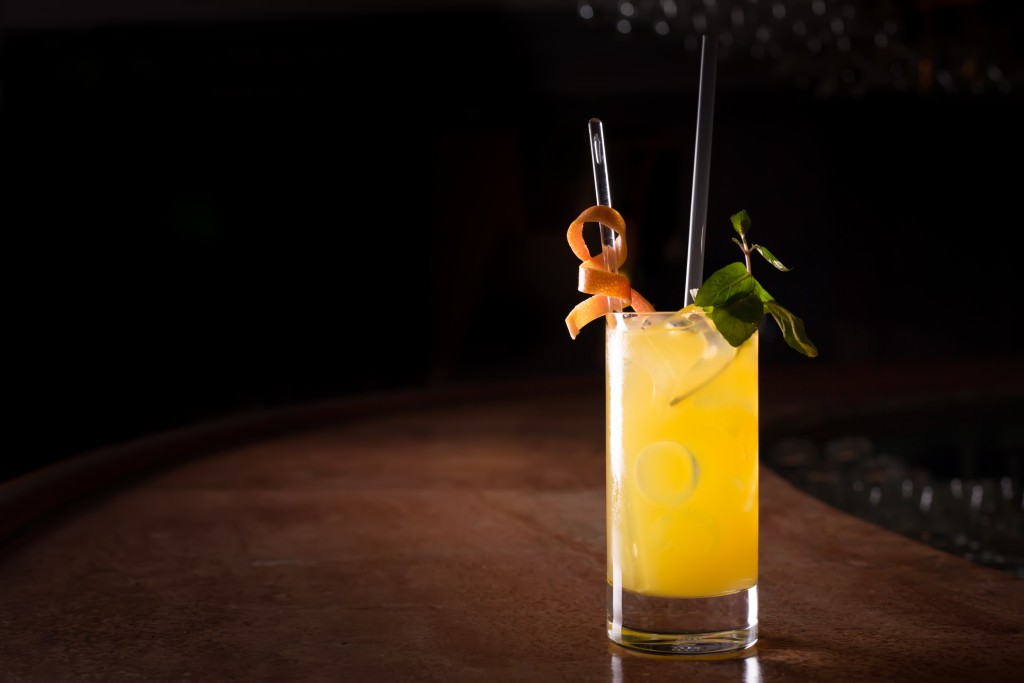Traveling is the congratulatory gift we often give ourselves after overcoming work hurdles. And last year was no small bump.
If you have been working in marketing and sales, the stress from the pandemic for sure is getting to you. But thankfully, some industries are picking up. Those working in automotive marketing, and to a lesser extent those in real estate, would finally be getting some commissions again. Some places have also opened up to tourism again. So go and take a short breather.
It’s a dream to fly first class, get VIP services upon deplaning, stay at a luxurious hotel, and have a five-course meal prepared by a world-renowned chef. Unfortunately, many of us live from paycheck to paycheck, able to afford a budget trip once in a while because of a bonus or a commission. But financial constraints shouldn’t limit our wandering feet. What our bank accounts lack, we could make up with creative budgeting.
The main expenses in traveling are usually lodging and food. Here, we will give you some hacks in saving on food expenses without missing out on the experience of local cuisine.
Find lodging that has free breakfast.
Free breakfasts are often plate-in. It would be great if you’re served a buffet. The tip on eating a breakfast buffet is to go there as late as possible. Breakfast usually ends at 10:00 am, but you have to check since some limit it to 9:00 am. That way, you’d be having brunch and could save on a meal. You could just have a snack before your dinner.
But plate-ins are also fine. You’re usually given the option of getting local fare or continental breakfast. Check out the local dish on at least your first breakfast. It’s not going to be the best representation of local cuisine, but it’s worth a try.
Bring ready-to-eat food with you.
People in forums criticize travelers bringing food with them, saying it would defeat the purpose of traveling. After all, they argue, you would want to immerse in the locality as much as you could. But bringing food is a matter of practicality. It’s expensive to dine out all the time.
This could be canned or bottled food, crackers, and packed cakes. For the canned food, check the country’s restrictions you’re going to. You might not be allowed to bring meat products, or maybe fish products. Know ahead so that your money doesn’t go into the waste bin of customs.
The packaging of your food is important. For carry on luggage, you’re not allowed to bring easy-open cans. The best option is to check-in your food stash unless you’re carrying some crackers you could snack on to avoid plane food.
Don’t forget to bring chocolates. You might need the sugar rush when you forgot to have lunch. It’s best not to go into a restaurant hungry.
Do some groceries.
Some mini groceries offer hot meals, cafeteria-style. These would be a lot cheaper than restaurant meals. Rather than depend on fast food, try them. They usually serve local dishes.
And you have to admit sinfully; it’s also nice to try local junk food. They would have your usual Pringles and Lays, but get local chips. It’s amazing to find how potato chips could be different worldwide.
You can also buy bread and spreads in the grocery. Preparing sandwiches to bring when you go out could also save you some lunch money. Buy a large water bottle if your accommodation doesn’t provide you with free drinking water. Refill your small bottle with this instead of buying water every time you go out.
List the restaurants or food you want to try.
We all have that ‘must-try’ dish a friend had recommended or we saw on a blog somewhere. List all of these and plot them out on your itinerary. Rather than going to random restaurants, it’s better to know what you want to try and where you want to go. Most restaurants will also have their menu online so you could prepare your budget ahead.

Don’t be afraid of hole-in-the-wall spots.
Nothing could be worse than having a bad stomach your entire vacation. We all understand that concern. But being over-cautious could also mean missing a lot of the local cuisine.
What restaurants usually serve are fusion dishes, catering to tourists’ palate. Dishes that are originally very spicy could be mellowed down. You might even be given the option to add in or remove an ingredient or two to make the dish suitable to your taste buds. But that’s like just eating at the corner restaurant in your hometown that serves international cuisine. It’s prepared to match the food you’re used to.
You would know these good local spots because they would be overflowing with local customers. They’re not that fancy to attract tourists, but you’d know they’re serving good food. You could assess the cleanliness by looking at it.
Enjoying the food in a new place is an important experience for travelers. A dish can carry so much history and culture. But doing so doesn’t need you to blow your savings. Just plan well and be smart in your spending decisions.




